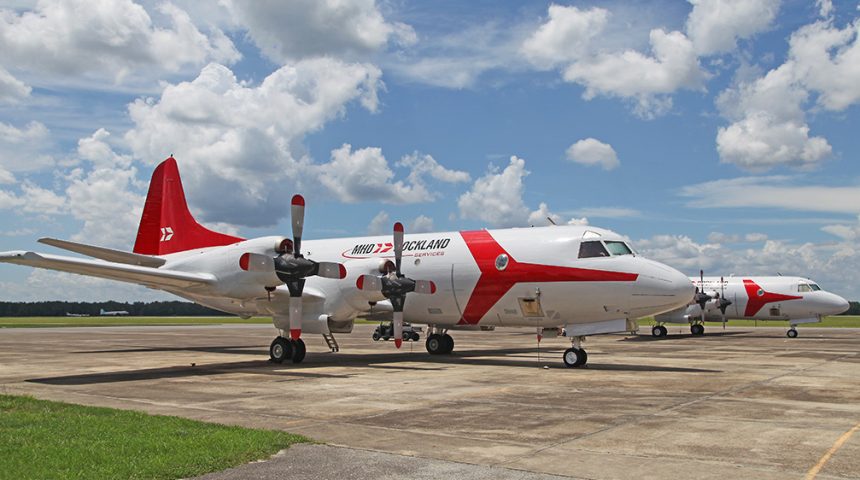We visit MHD Rockland and ESG Aerosystems Inc. Training Platforms.
I’ve lived in Florida for over twenty years. I’ve been from corner to corner, edge-to-edge. I once counted 168 alligators along the side of the Tamiami Trail in the Everglades – mere feet from passing traffic. I’ve come to know to stay away from I-4 if it winds anywhere near Orlando or Tampa. In total juxtaposition to the rapidly expanding urban sprawl is one of the coolest parts of this massive state: its interior. Drive ten miles east of Tampa and you will find yourself in a different world, literally. Air plants hanging within five feet from the top of your car on some of the most rural beautiful roads the United States has to offer. Trees intertwined by enormous orb webs “manned” by harmless, and docile, banana spiders (Trichonephila clavipes) bigger than your hand. Farms that have been there for hundreds of years, some inhabited, many not. Driving through the interior of the state of Florida gives one the impression they have transitioned into the deep south and all that has to offer.
Drive 41 miles southwest of Jacksonville, Florida and you will find yourself deep in the aforementioned wilderness with little to see except southern-style wilderness. You might get lucky enough to stumble upon a beautiful, quaint little town called Keystone Heights (naming this town Mayberry would have been fitting). During your drive in that direction, if you are the kind of person who notices airplanes in the sky, you might be lucky enough to get a glimpse of an unexpected, very large, and sleek, white airplane (with a red tail) flying in the distance. And, if you’re like me, your hands might involuntarily manipulate your steering wheel to direct your trusty steed in the direction where you think those airplanes (by now you’ve probably identified them as P-3 Orions) might be landing.
Sometimes when we travel even a modest distance into uncharted (to you) territory you might see things that don’t necessarily make sense. In the deeper edges of the Florida interior, basically in the middle of nowhere pretty far from any real industrialization, you’re likely to check yourself if you see beautiful P-3 Orions with red tails just randomly flying around at a fairly low level. I’ll tell you right now, from personal experience, any red-blooded pilot worth his or her weight in salt is going to drive diligently, almost possessed, and get to the bottom of random P-3s flying patterns in the middle of nowhere – even down the dirtiest of dirt roads!
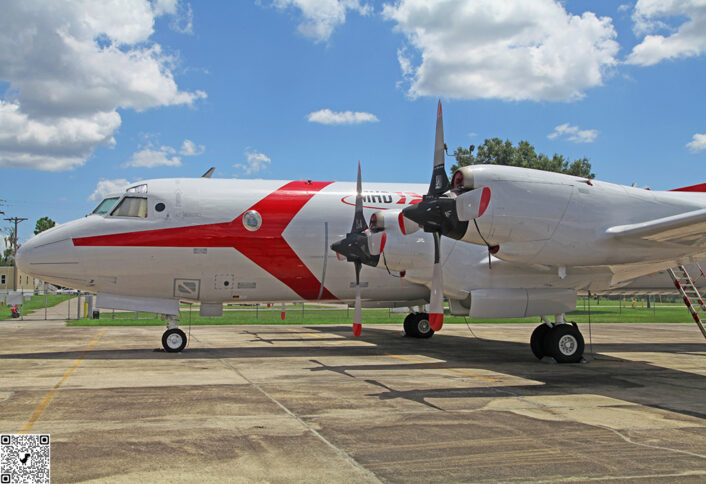
If your internal guidance system is treating you well that day, and the Gods have spared your mission from being impeded by the very likely lightning-happy pop-up thunderstorm, you might just stumble on the Keystone Heights Airport (42J), home to MHD Rockland’s P-3C Orions. Keystone Heights Airport sits approximately 41 miles southwest of Jacksonville, 48 miles west of St. Augustine (IMHO, best beach in Florida), and 22 miles northeast of Gainesville, give or take.
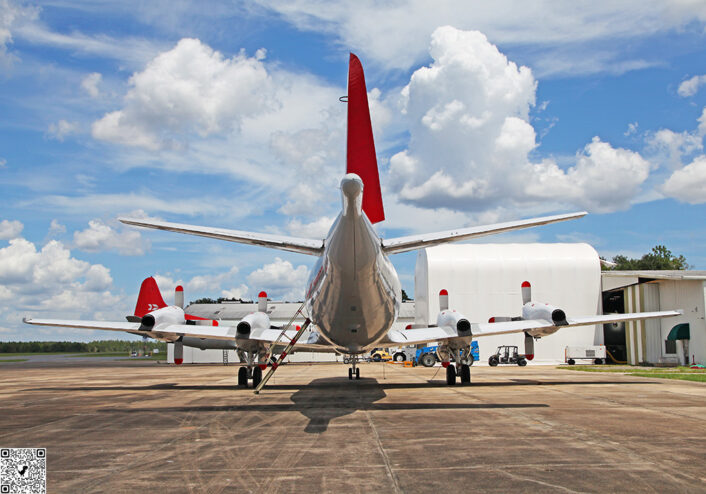
The Keystone Heights Airport was constructed in 1942 by the United States Army Air Forces (the U.S. Air Force did not yet exist), on the Southwest perimeter of Camp Blanding. It was originally named Crystal Lake Army Airfield, due to its proximity to Crystal Lake, but when commissioned in December of that same year it became known as the Keystone Army Airfield. During World War II, the field was the home of the AAFSAT Strategic Reconnaissance School. The F3 Havoc, P39D (variant) Air Cobra, and L-2 and L-3 Grasshopper Light Observation Aircraft (similar to a Piper Cub) were some of the Aircraft utilized for training. In November of 1943, the 313th Fighter Squadron moved from Alachua and employed P40 Warhawks for training. Later, the P40s were replaced with P47 Thunderbolts. In January 1945, the AAFSAT sent down orders for closure, and on February 1, 1945, the field was placed on inactive status. The city of Keystone Heights acquired the Airport from the Federal Government in 1947.
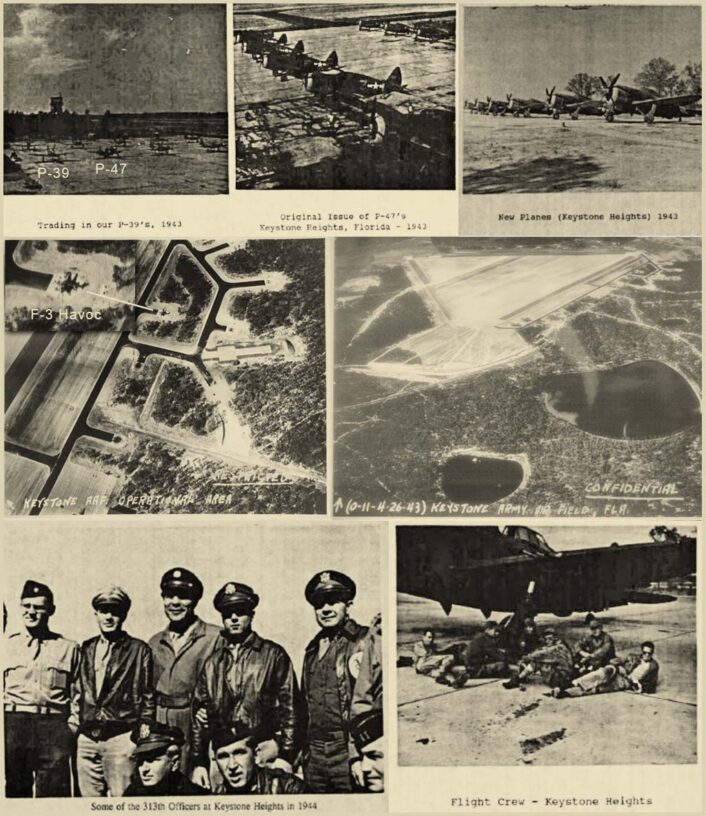
Back to the red-tailed P-3s that are based at the Keystone Heights Airport and their parent companies MHD Rockland and ESG Aerosystems Inc.
MHD Rockland was formed in 1981 as a company that provided spare parts and services for fixed-wing aircraft. It is a company that has evolved into a leading supplier of parts and services, services that include aviation flight training. MHD Rockland services a multitude of aircraft including the C-130. P-3, F-16, and C-27.
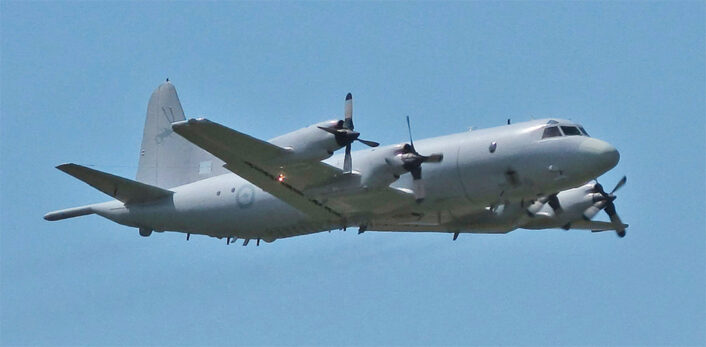
ESG Aerosystems inc. was awarded a U.S Navy Contract valued at $64.5 million and MHD Rockland is the sole-source aircraft subcontractor. As per the scope of their contract, ESG Aerosystems inc. is mandated to develop a curriculum and facilitate training for P-3 aircrew positions including co-pilots, patrol plane commanders, instructor pilots, flight engineers, instructor flight engineers, and flight currency training. This is to support the Naval Education and Training Security Assistance Field Activity’s (NETSAFA) applicable field units and other program offices and stakeholders. The achievement is 100% funded by the Federal Republic of Germany funds under the Foreign Military Sales Program to secure the operational readiness of the German Navy P-3C Aircrew.
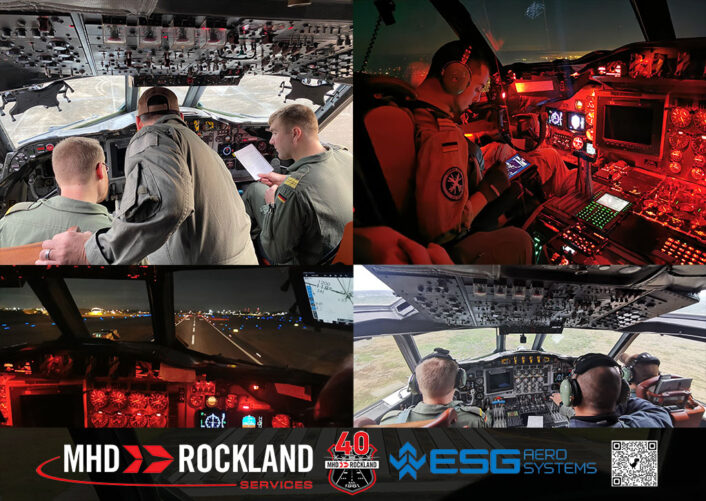
MHD Rockland, who employs more than 100 people worldwide, has the world’s largest privately held C-130 and P-3 inventories (350,000+ line items total inventory) and operates in six locations around the globe including Brisbane, Australia; Aukland, New Zealand; Keystone Heights, Florida; Crofton, Maryland; Montreal, Québec (HQ), and Burlington, Ontario.
The author would like to thank the folks at MHD Rockland/ESG Aero Systems for their gracious hospitality and help in putting this article together, including (but not limited to): Billy Bushman – CTO/Chief Evaluator/Instructor Pilot; Frank Schleehuber – Political Affairs Officer; Todd Falconer – VP of Flight Ops; Josh Miller – President MHD Rockland; Ben Garcia – Avionics Team Lead; and Bryan Dollimore – Owner, MHD Rockland

